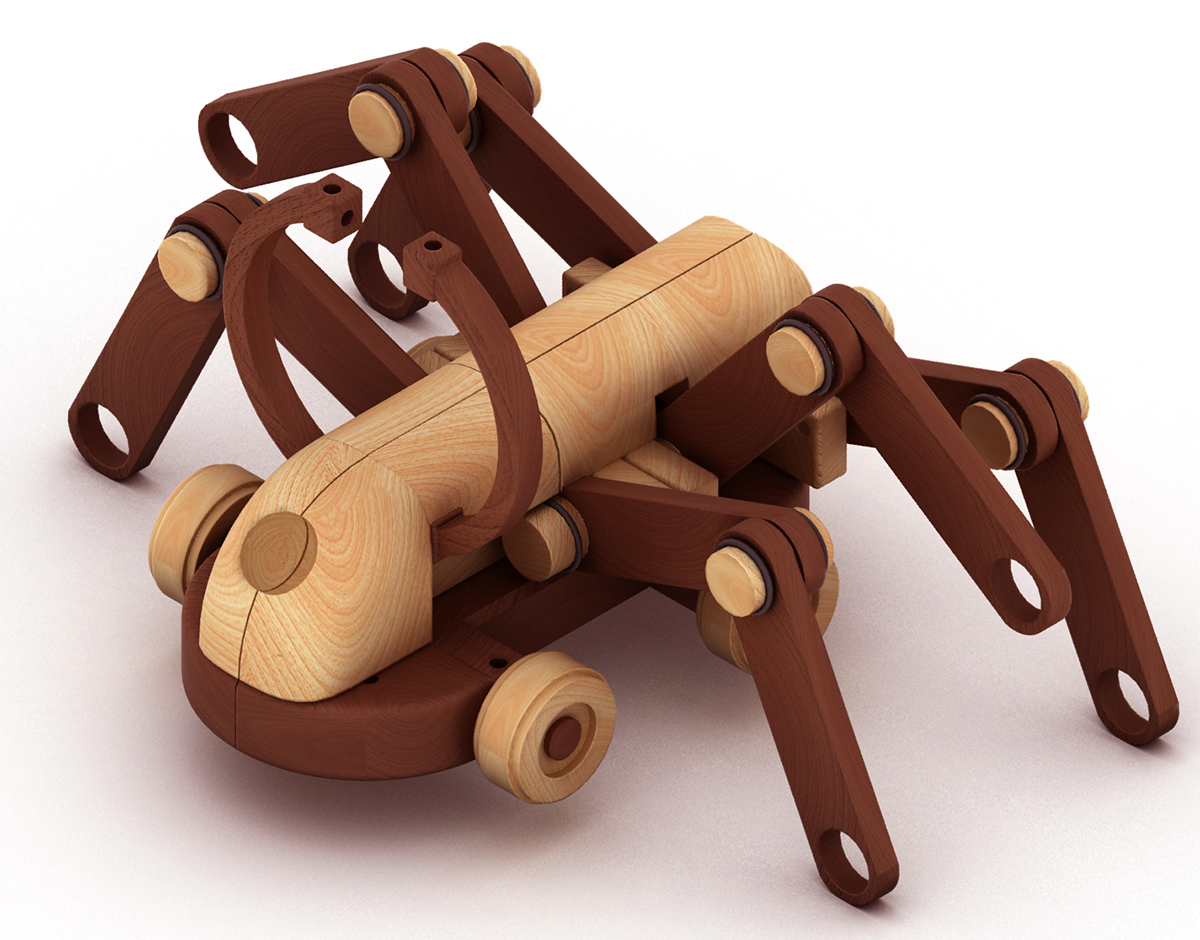
Free Woodwork Project Ideas for Personalized Creations The inherent beauty and versatility of wood make it an ideal medium for crafting personalized gifts and home décor. This article presents a diverse range of free woodworking project ideas, catering to various skill levels and preferences. From...
February 02, 2025







